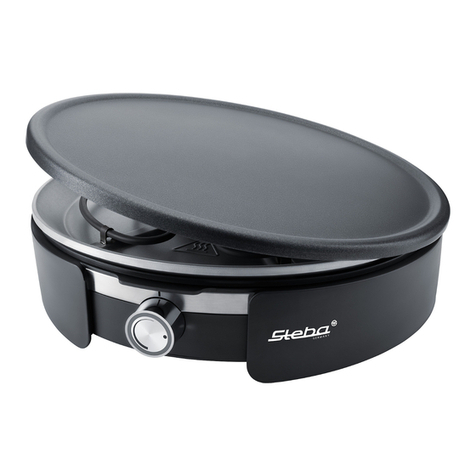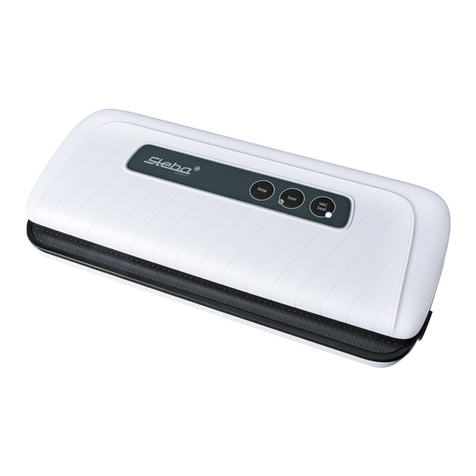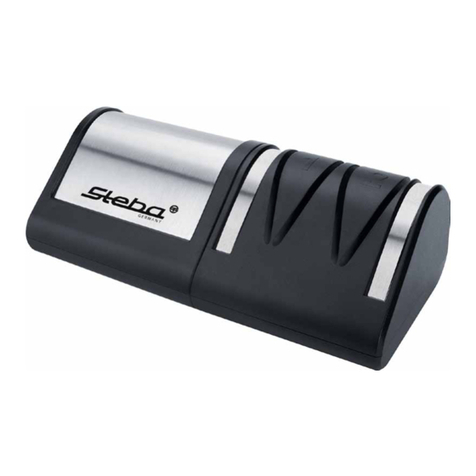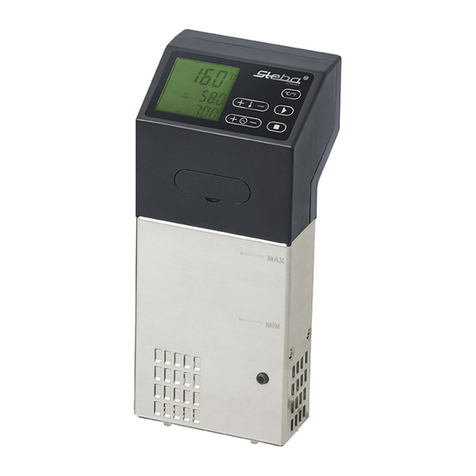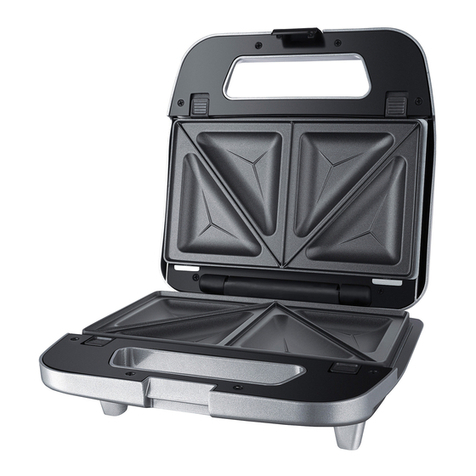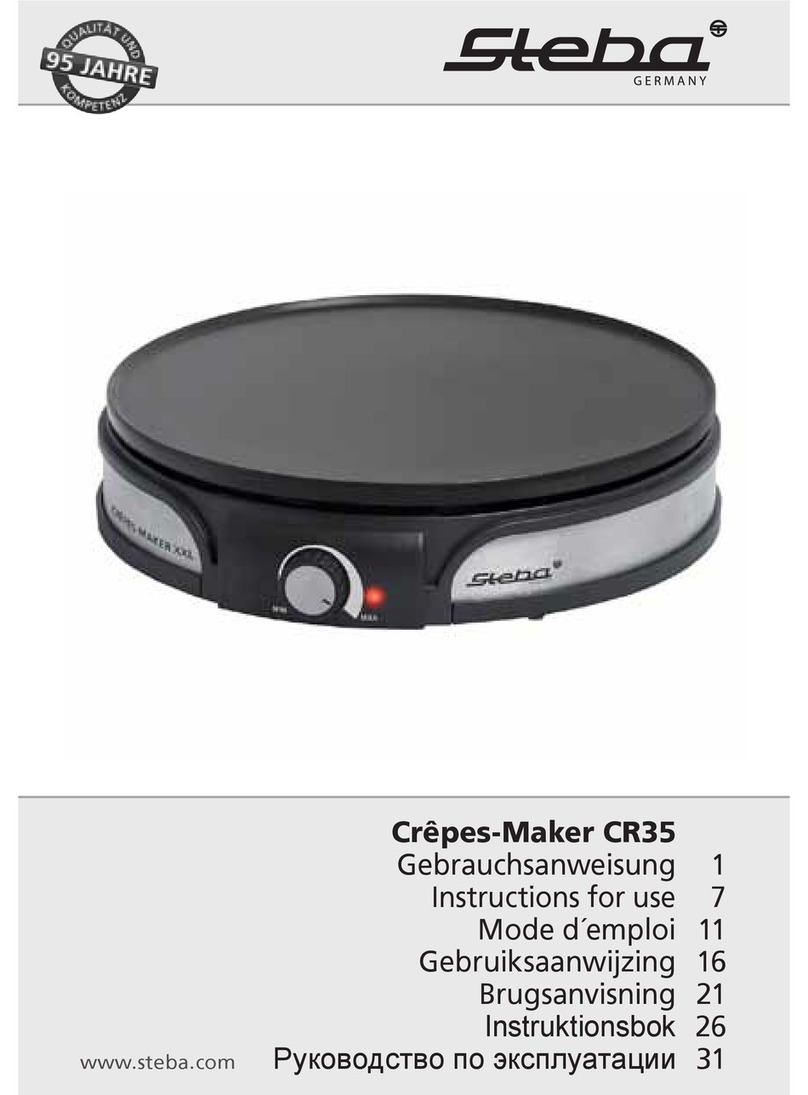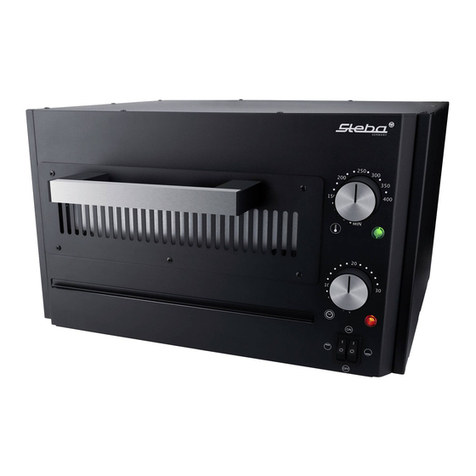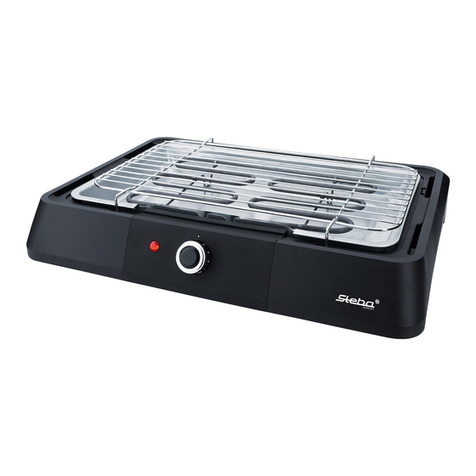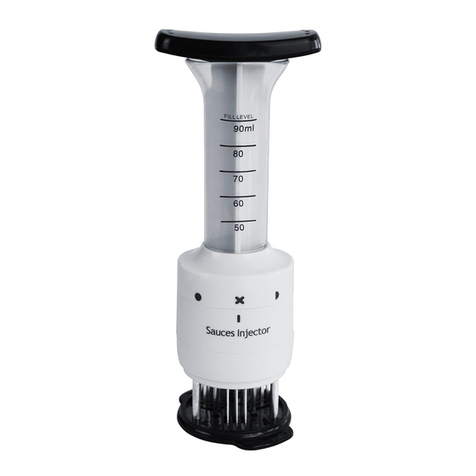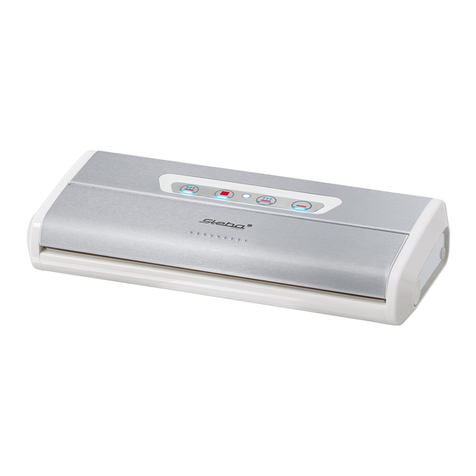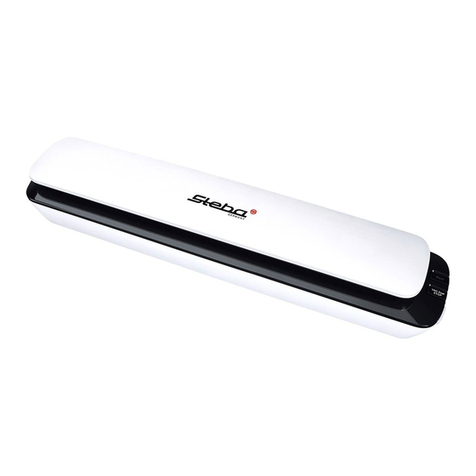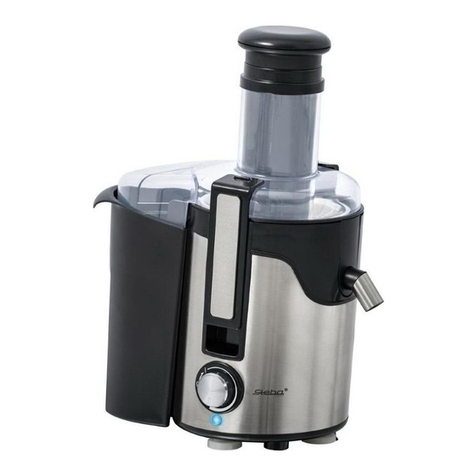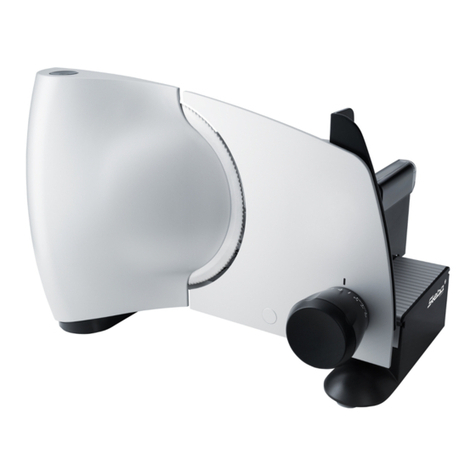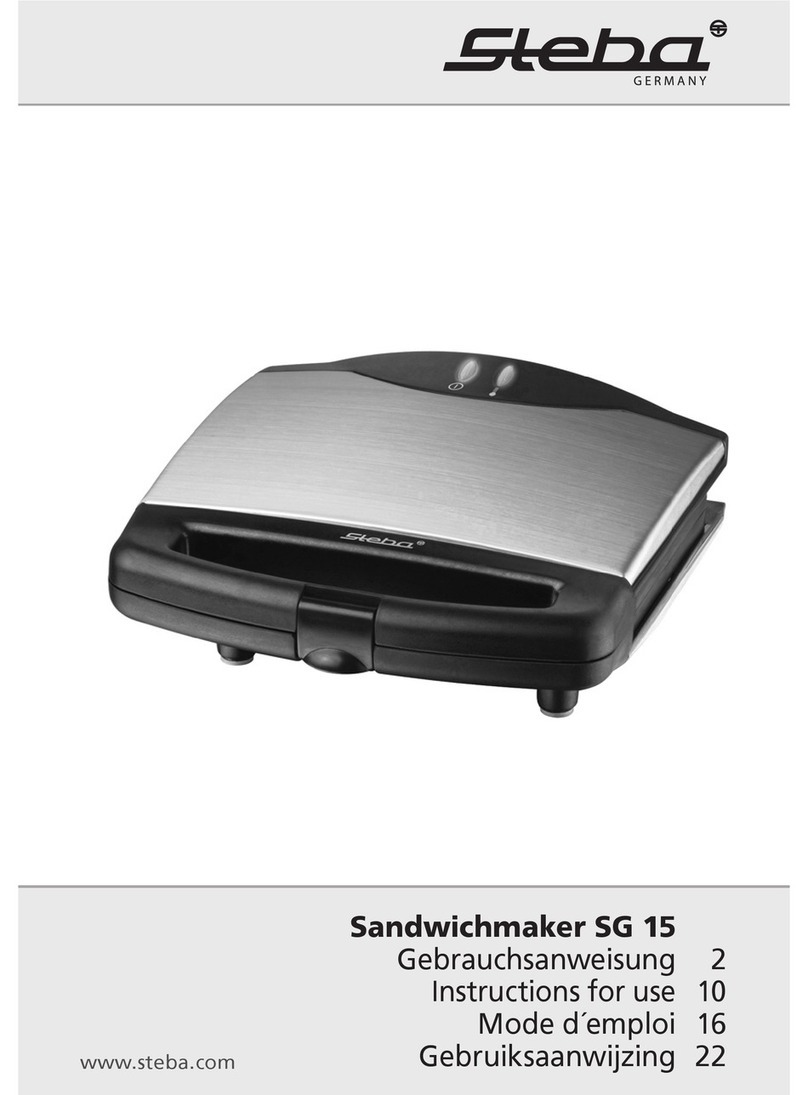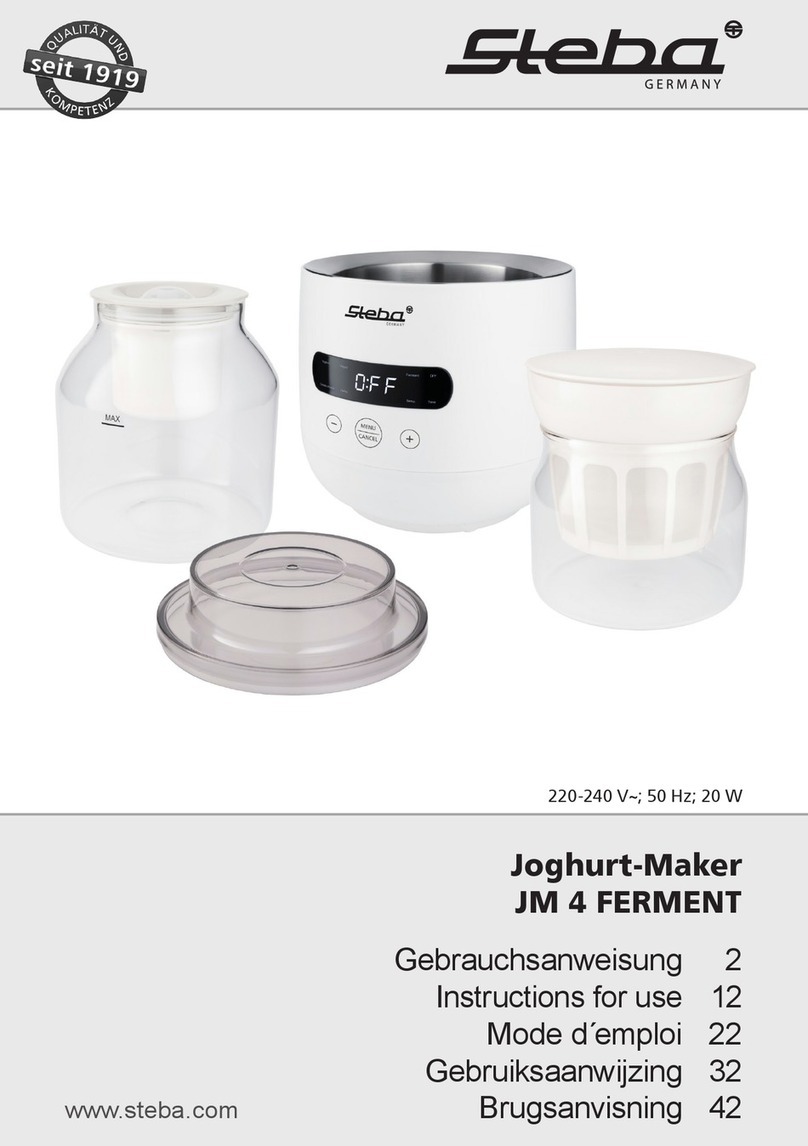5
Natur-Joghurt...
…ist ein sauermilchartiges Erzeugnis, das unter Einwirkung von Bakterien aus H-Milch
mit einem Fettgehalt von 1,5 – 3,5% gewonnen wird. Die Milch wird mit Joghurt
Kulturen oder frischem Natur-Joghurt geimpft. Bei einer Durchschnittstemperatur
von 42°C vermehren sich die Milchsäurebakterien. Sobald ausreichend Milchsäure
produziert wurde, wird Eiweiß ausgefällt und die Milch wird dick.
Es gibt rechts- und linksdrehende Milchsäurebakterien. Rechtsdrehende Milchsäure-
bakterien spielen für den Kohlenhydratstoffwechsel eine wichtige Rolle, da sie der
Körper besser verwertet. Hatten Sie nach dem Genuss einiger Joghurtsorten Verdau-
ungsprobleme, dann war vielleicht zu viel linksdrehende Milchsäure der Grund, da
diese langsamer abgebaut werden.
Die Festigkeit des Joghurts ist auch vom Fettgehalt der verwendeten Milch abhängig.
Bei einem Fettgehalt von 3,5% wird der Joghurt etwas fester, bei 1,5% weicher. Jede
andere Milch sollte auf 80 – 90°C erhitzt und auf 40°C abgekühlt werden.
Den Joghurt nicht länger als 10 Tage im Kühlschrank aufbewahren.
Zubereitung:
Sie benötigen 1 Liter pasteurisierte Milch (H-Milch) und einen Becher Naturjoghurt
oder rechtsdrehende Joghurtkulturen (Ferment) aus dem Reformhaus. Die zimmer-
warme Milch und den Naturjoghurt oder die Kultur in einem Topf vermischen. Diese
Mischung in die ausgewaschenen Gläser einfüllen und mit dem Deckel verschließen.
Reifezeit:
Die Milchmischung mind. 8 Stunden in dem Gerät reifen lassen. Je länger der Joghurt
reift, desto kräftiger wird der Geschmack. Je kälter die Mischung ist, umso länger
muss die Zeit eingestellt werden. Mit einem Löffel die Konsistenz prüfen und gege-
benenfalls die Zeit verlängern. Bewegen Sie das Gerät während der Reifezeit nicht,
da sonst der Joghurt nicht fest wird. Einen Becher des fertigen Joghurts kann man
wieder als Startkultur benutzen, aber nicht mehr als ca. 20-mal, da mit der Zeit die
Wirkung nachlässt. Fertigen Joghurt immer im Kühlschrank aufbewahren. Zutaten
wie Zucker, Früchte oder Aromen werden erst nachträglich dem Joghurt hinzugefügt.
